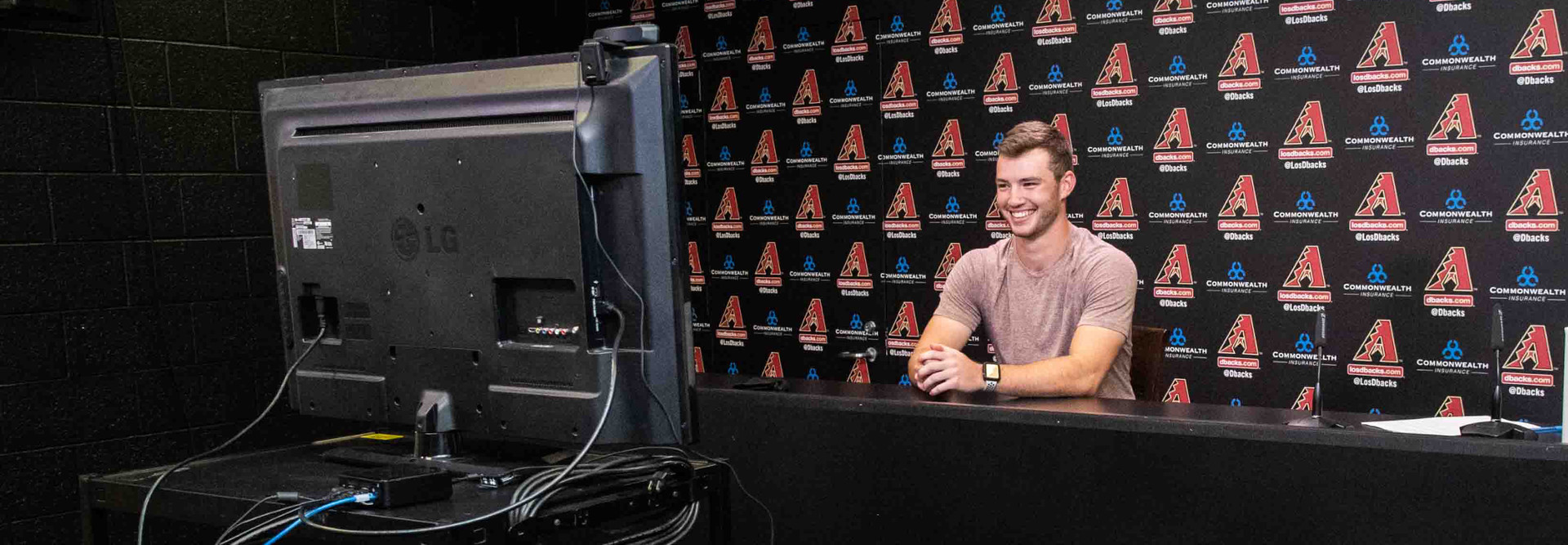The Diamondbacks will also invite fans to send video messages and will air them on the scoreboard throughout games, Hall says.
“From a fan perspective, it’s important to feel they are there and cheering, showing their fandom and having an impact. And if this is the best we can do, then at least they’re doing it in real time,” says Daniel Rascher, a professor and director of academic programs for the University of San Francisco’s Sport Management Program.
Games broadcast by Fox will even include digitally created fans sitting in the stands; the broadcaster tells The Associated Press that the digital fans will be able to high-five each other, do the wave and more.
“With no fans at the ballpark, our biggest challenge is to make sure it’s as normal as possible to the players and staff on the field as well as the viewing audience,” Hall says. “We want it to sound real and we want it to look real.”
That includes virtual ceremonial first pitches. The team plans to show a prerecorded video of a fan throwing out a ball, and then cut to a live shot of the catcher at home plate catching a ball. The result would look seamless on the video board at the stadium and at home, he says.
To further connect with fans, the Diamondbacks received permission from the league to create their own interactive games on the MLB Ballpark app.
Fans can play trivia and classic memory games against all other fans or create their own groups and just play with family and friends. They can win daily and end-of-season prizes, such as experiences at the ballpark, Hall says.
How MLB Teams Will Keep People Safe in Ballparks
Teams are also complying with strict health protocols and are taking advantage of technology to help keep players, coaches and employees safe.
The Diamondbacks, for example, have turned the Chase Field interview room into a Zoom Room. The team has installed videoconferencing equipment, a computer and a large TV screen in the room, so players, the manager and coaches can do interviews with remote journalists.
With coronavirus infections still rising across the country, the team wants to keep players, coaches and medical staff as safe and as isolated as possible, so only essential staff will be going to the ballpark for the first few homestands, and possibly for the entire season, Hall says. Other staffers may be allowed to return to the ballpark if the pandemic situation improves later in the season.
The Diamondbacks’ IT team has built a COVID-19 mobile app for contact tracing and to screen the health of office employees who need to go to the stadium. Before going in every day, employees will need to launch the app and answer some general questions about their health and how they are feeling. Once they pass, they will also get their temperature checked with a thermometer before they can enter the ballpark, he says.
Employees will also report each day on where they went in the stadium and with whom they came in contact. That will help with contact tracing if someone tests positive for COVID-19, Hall says.













